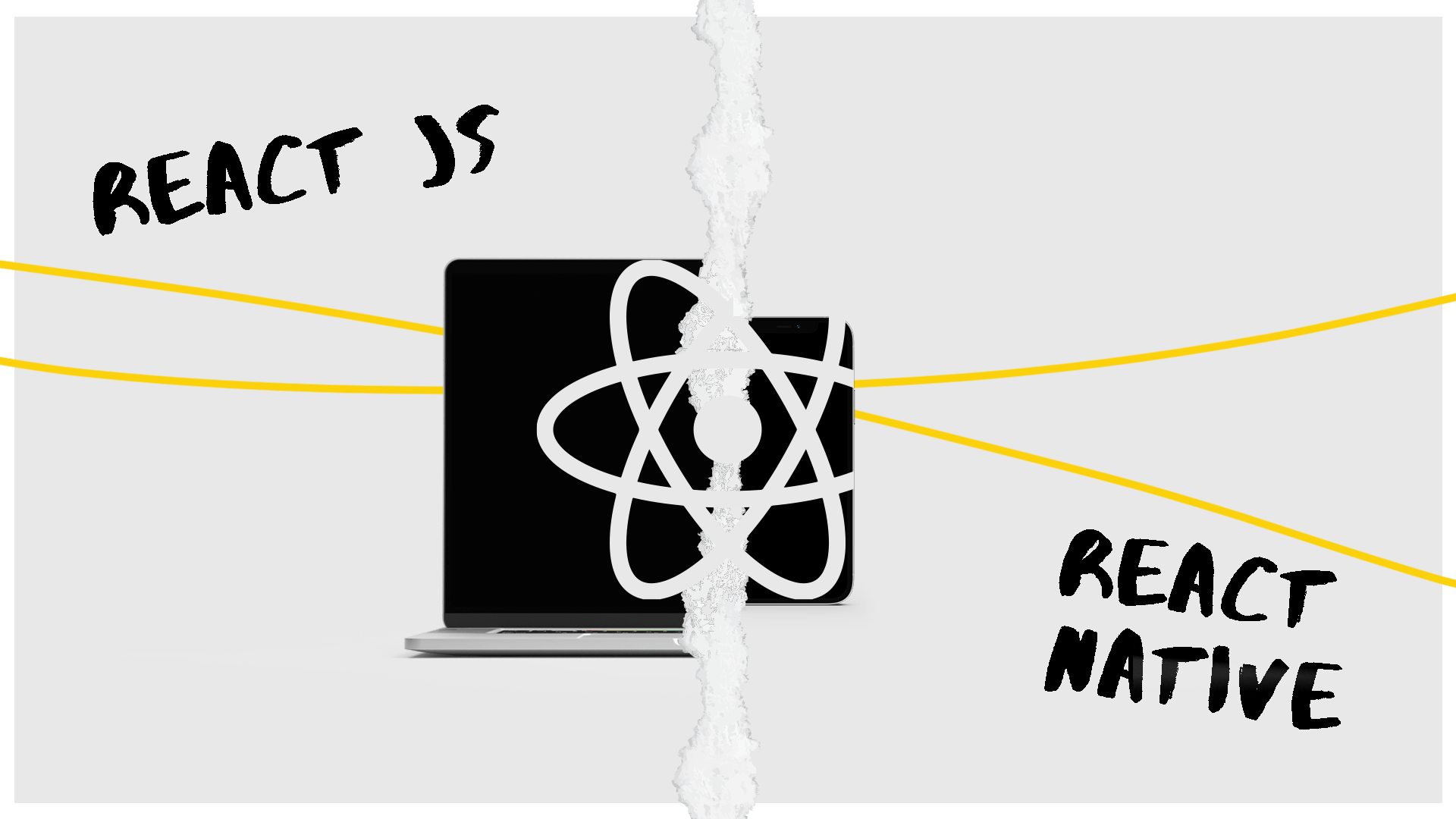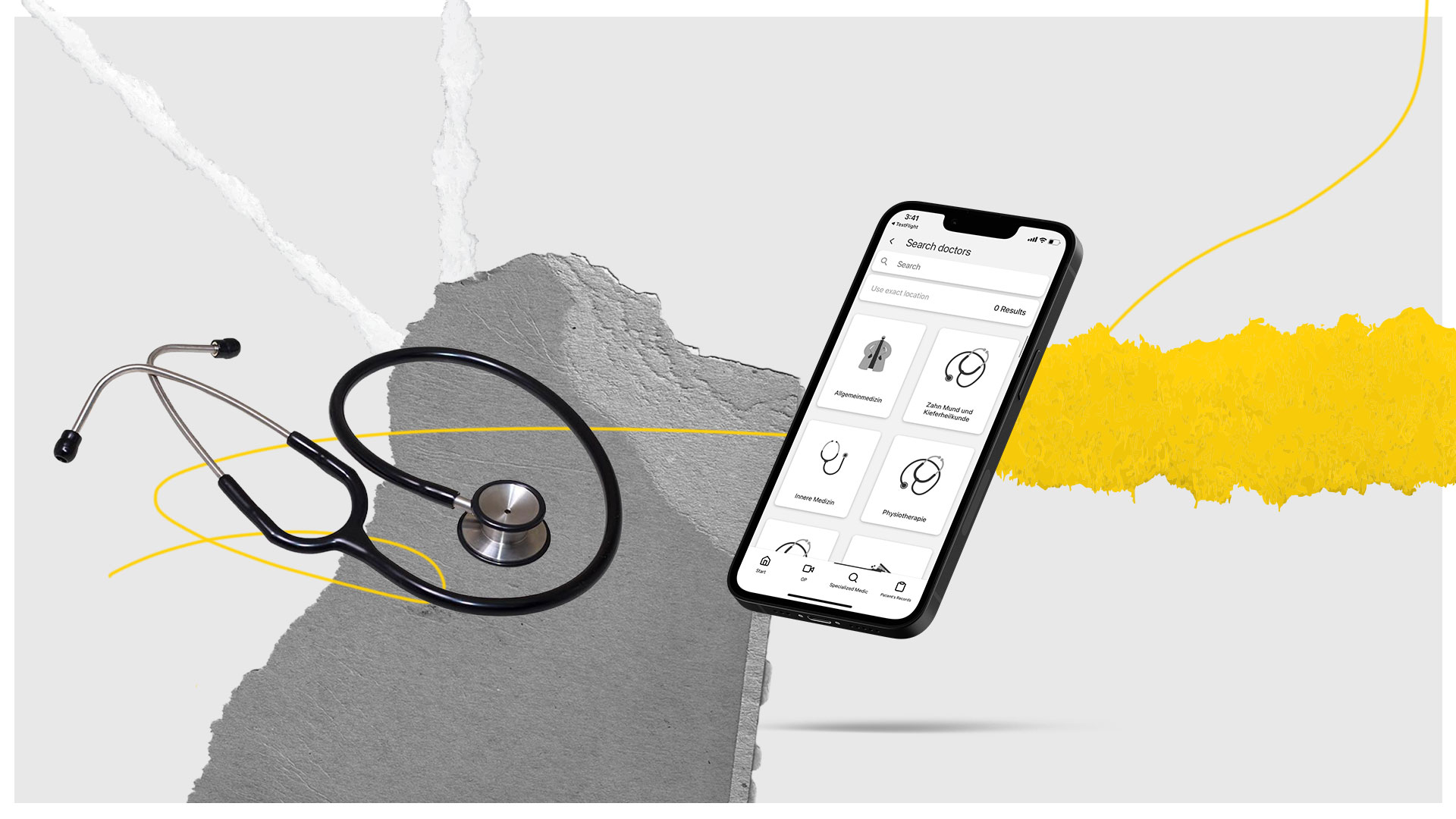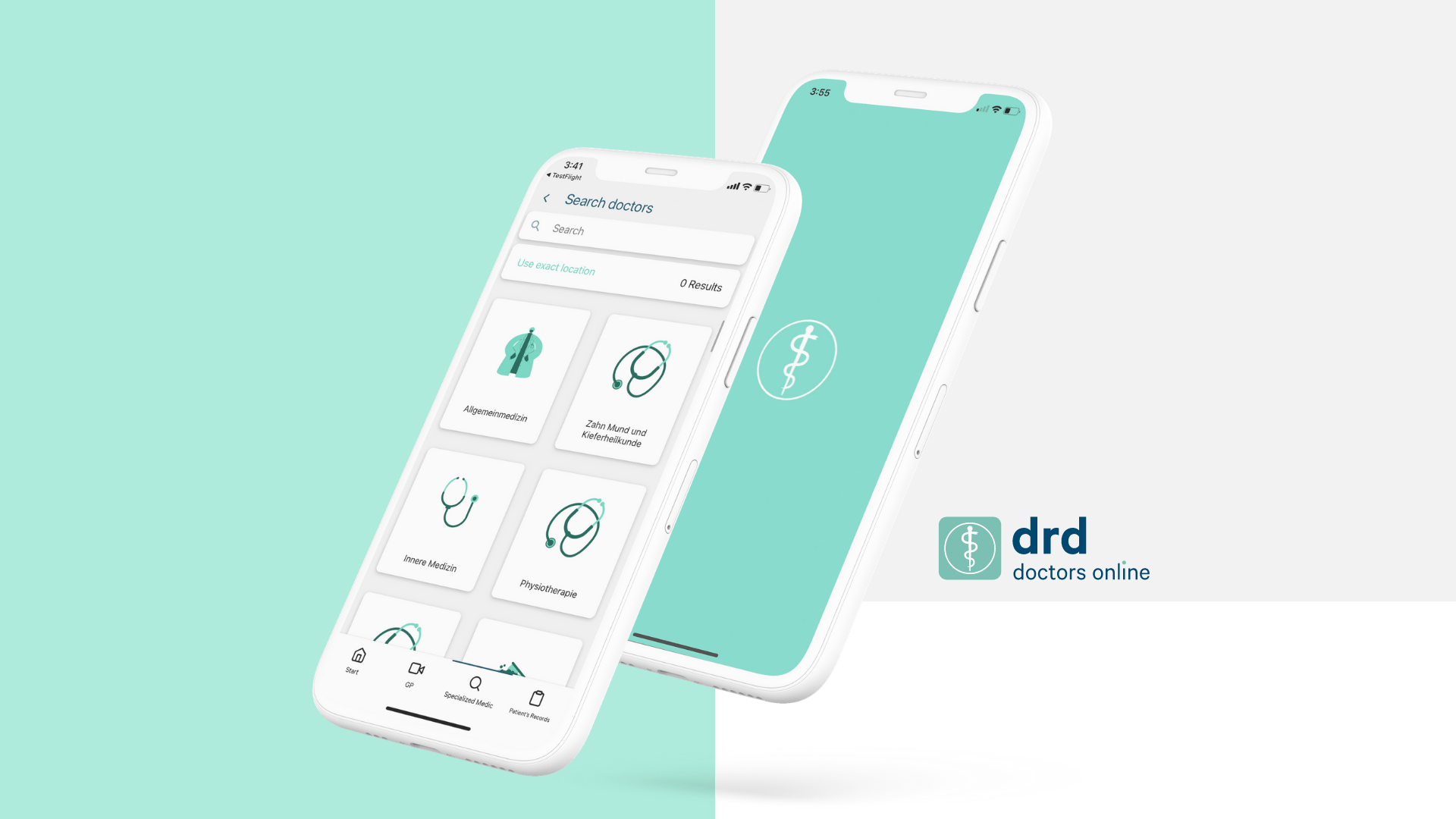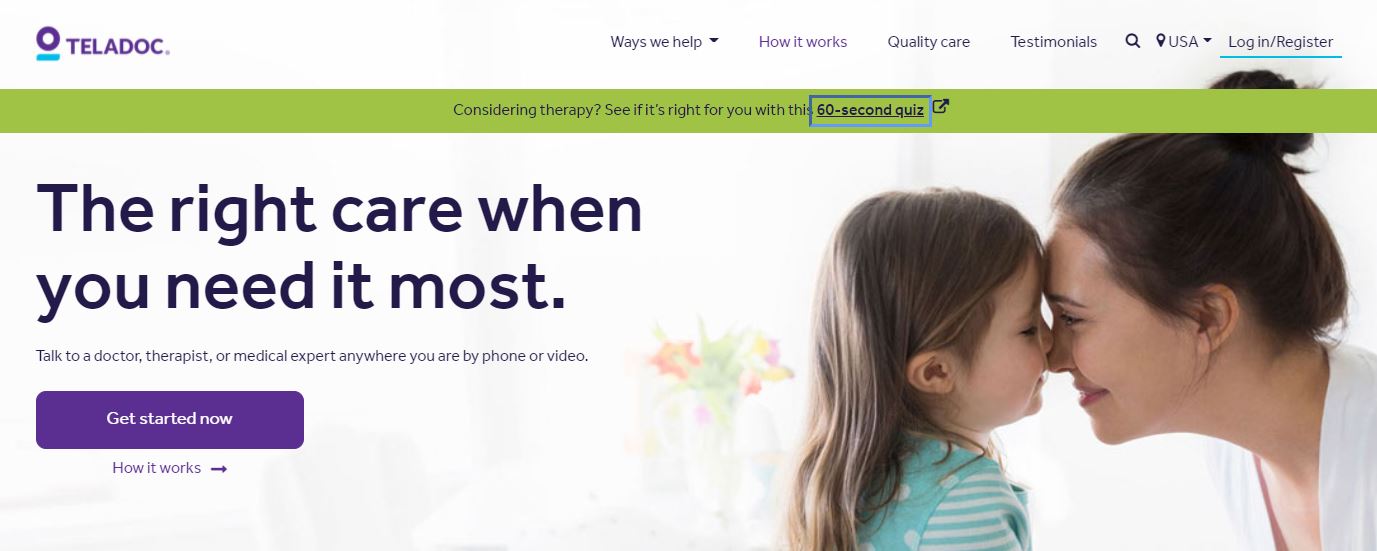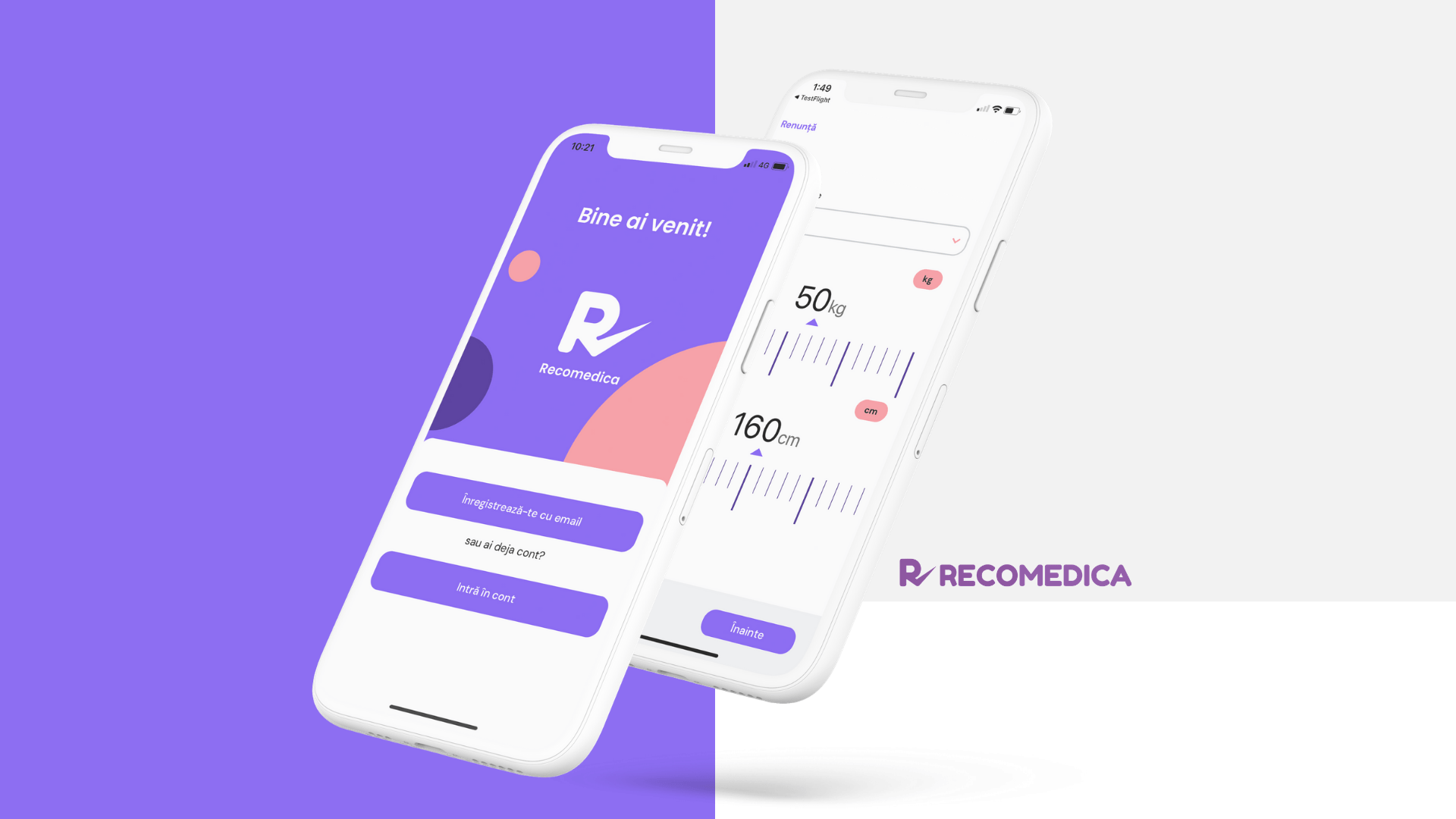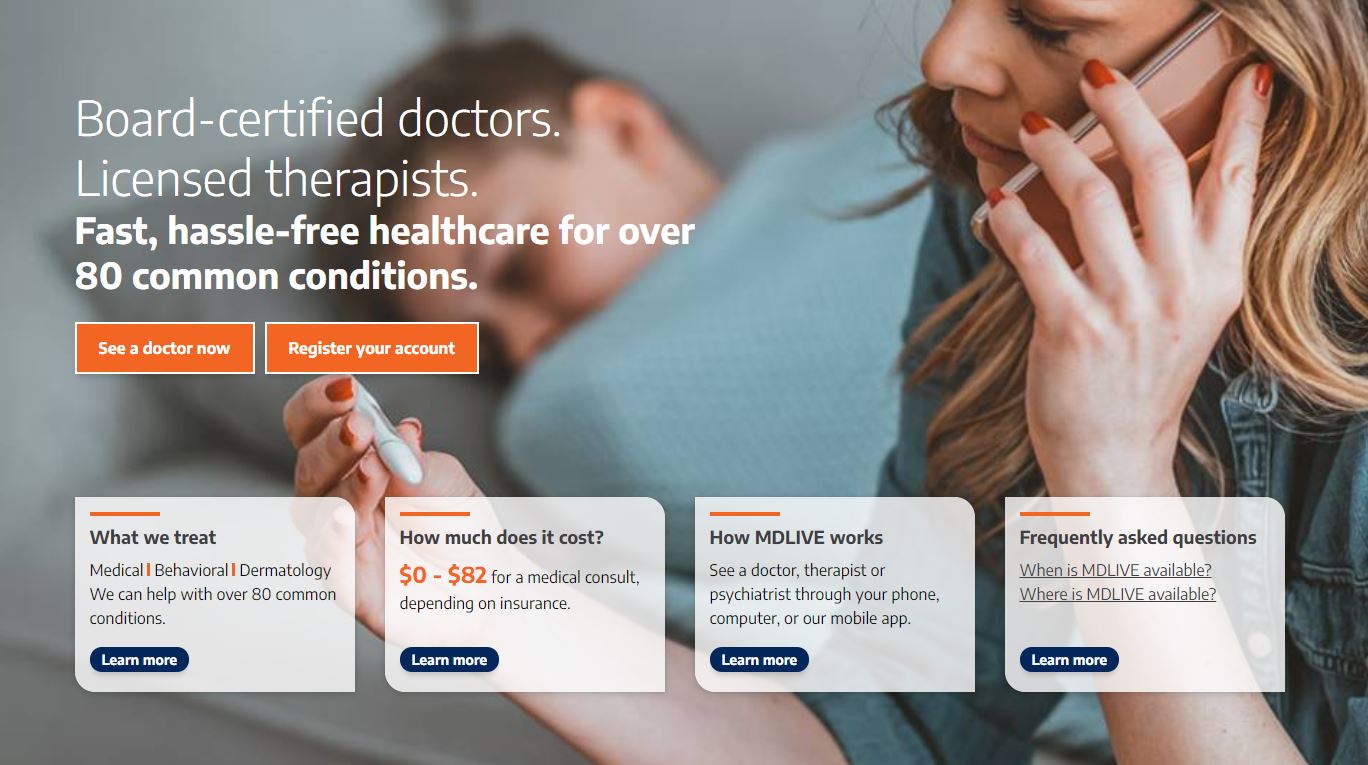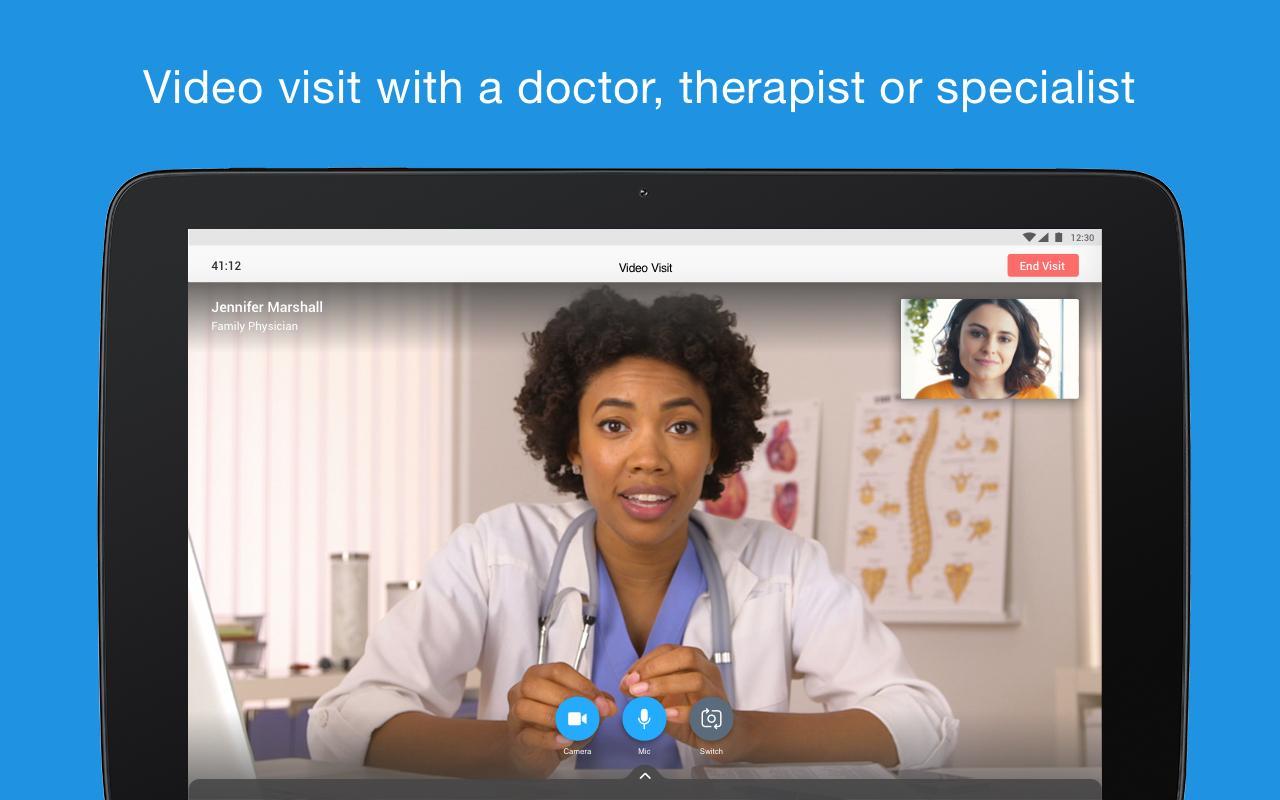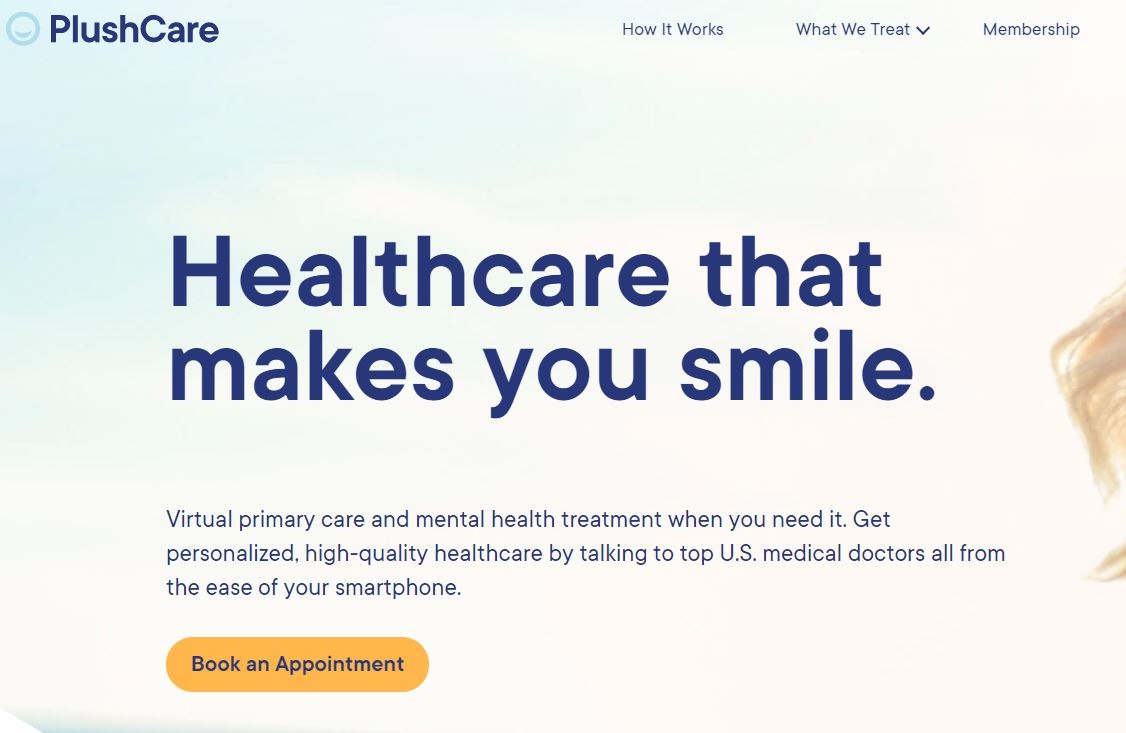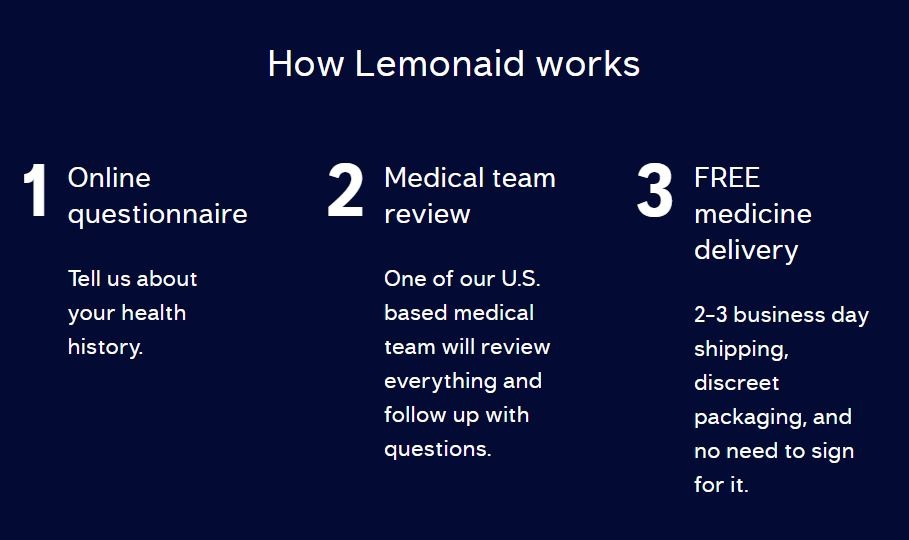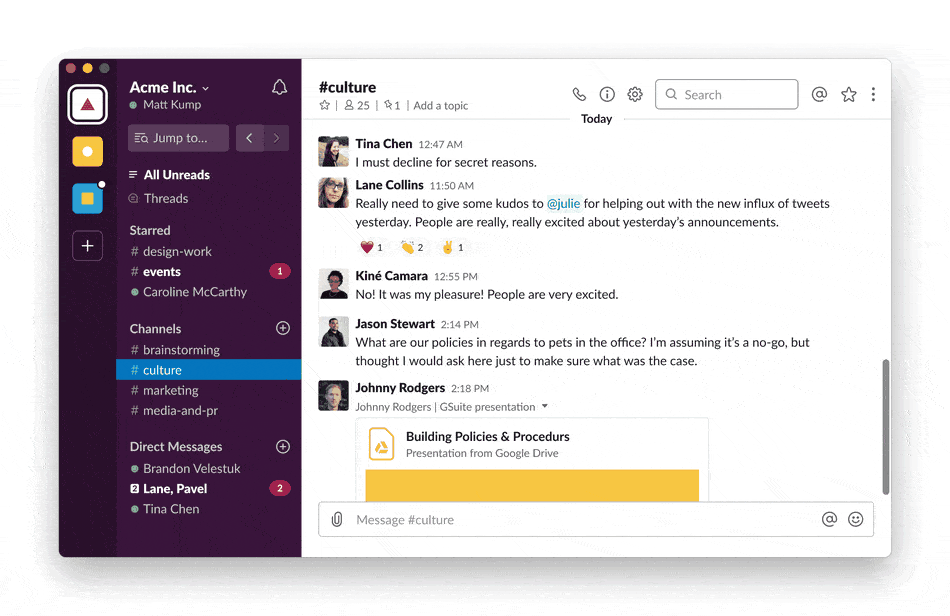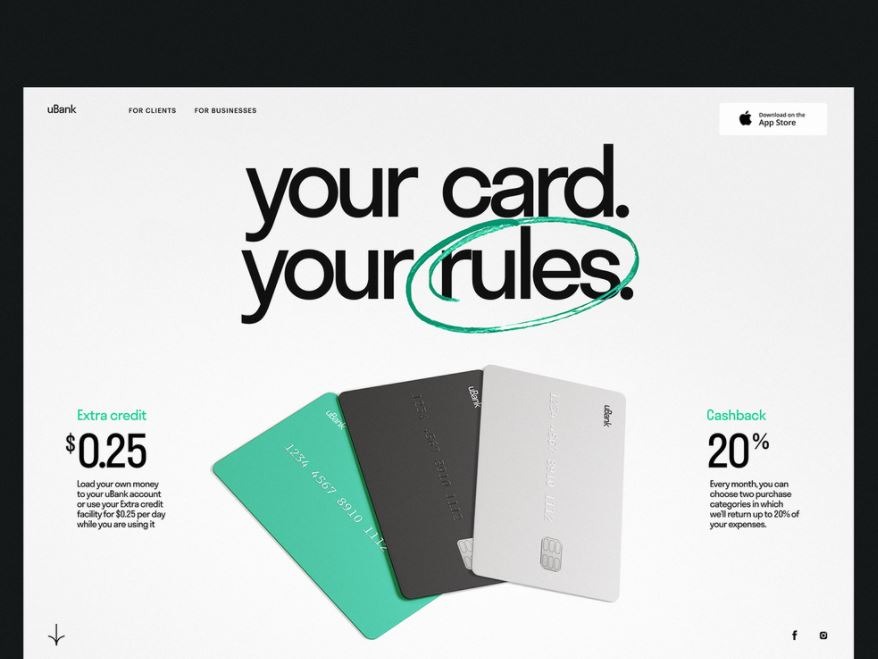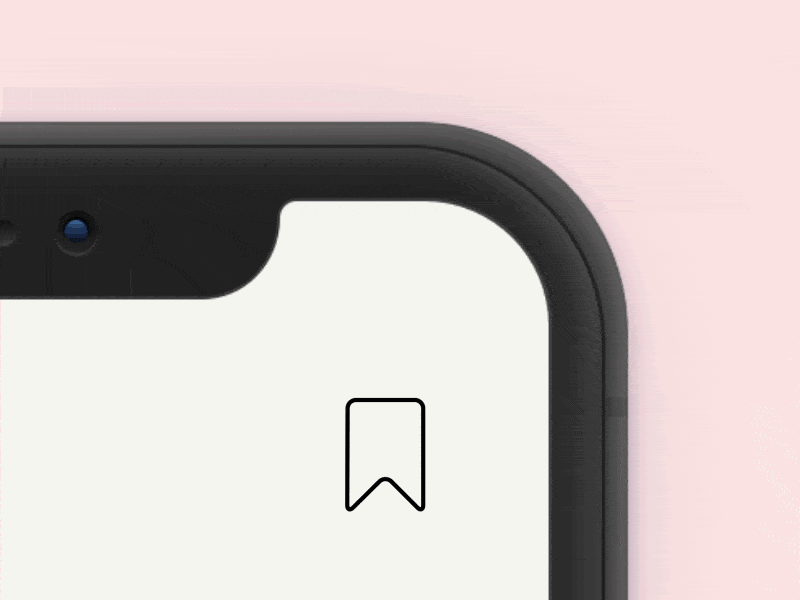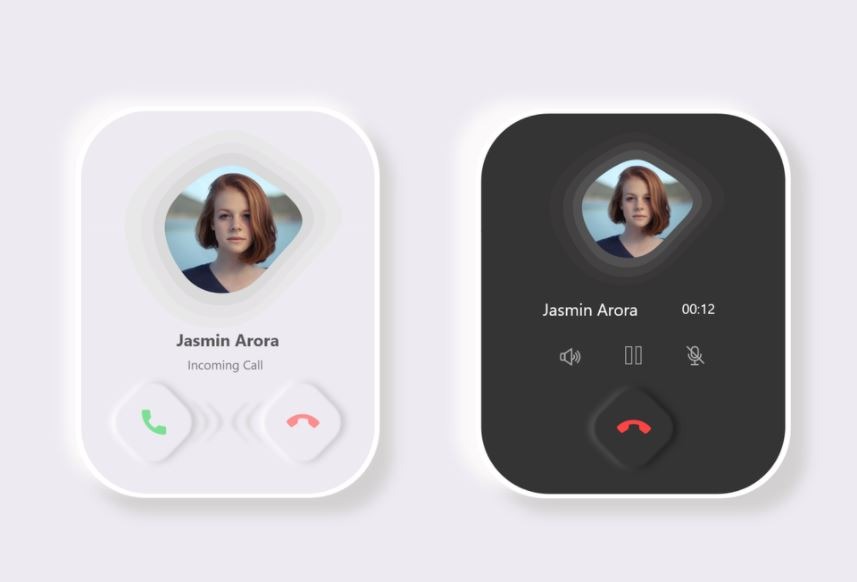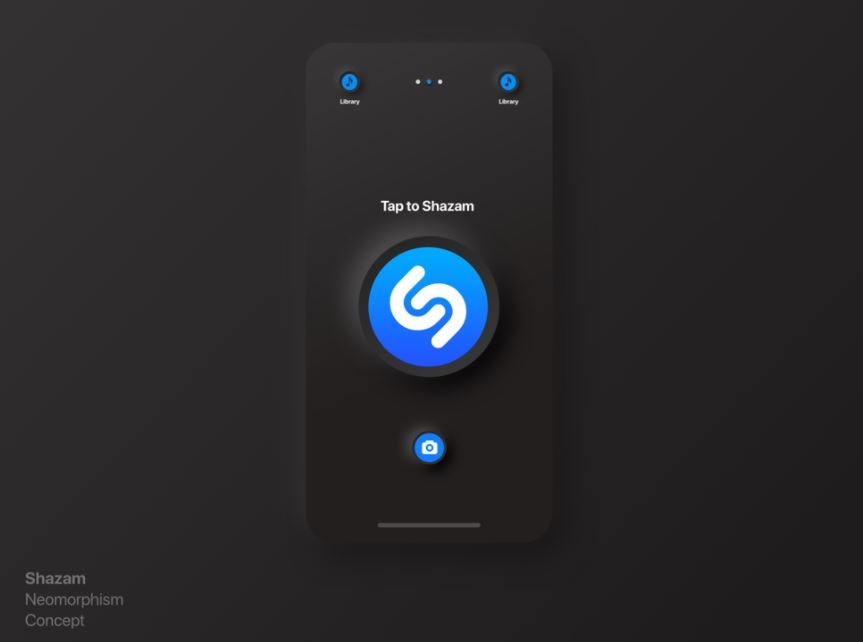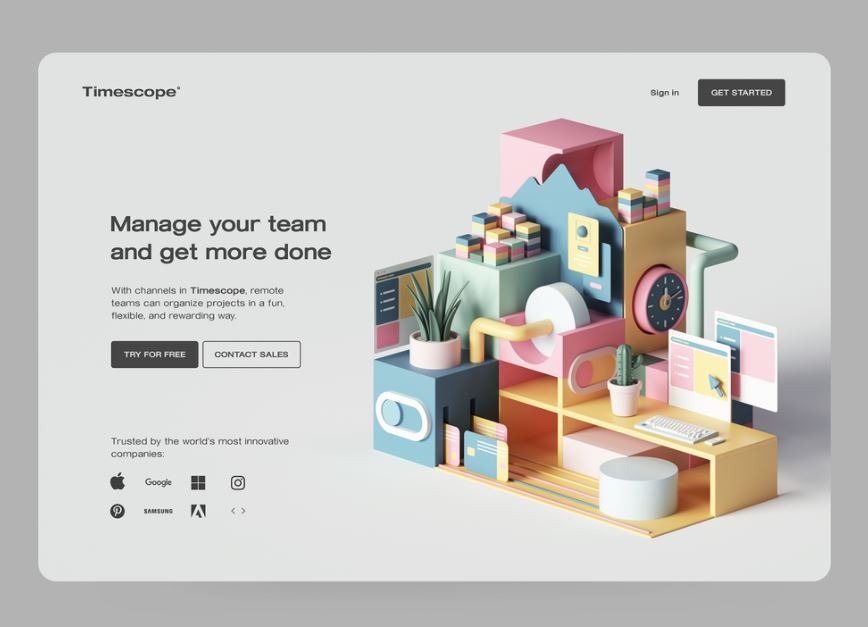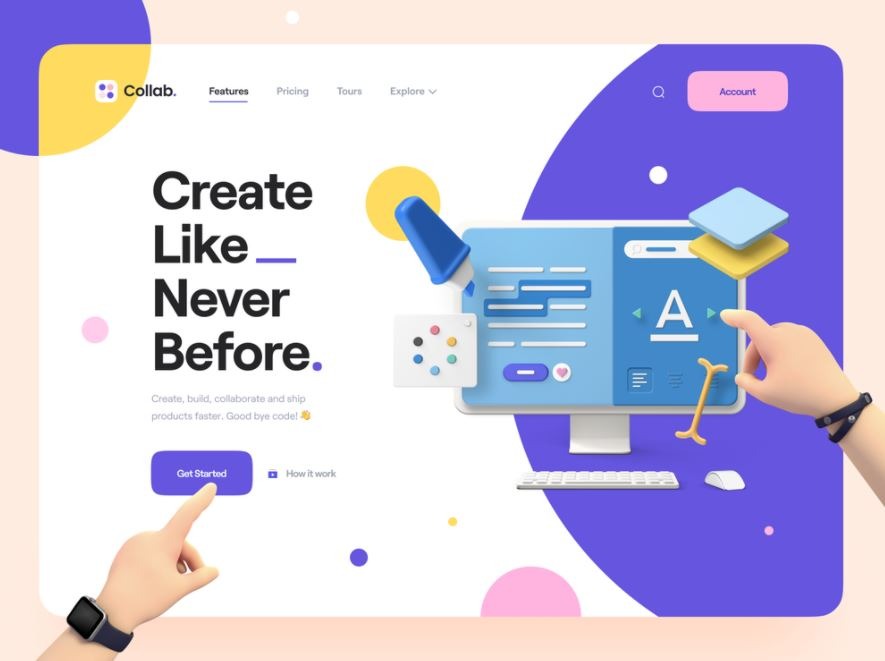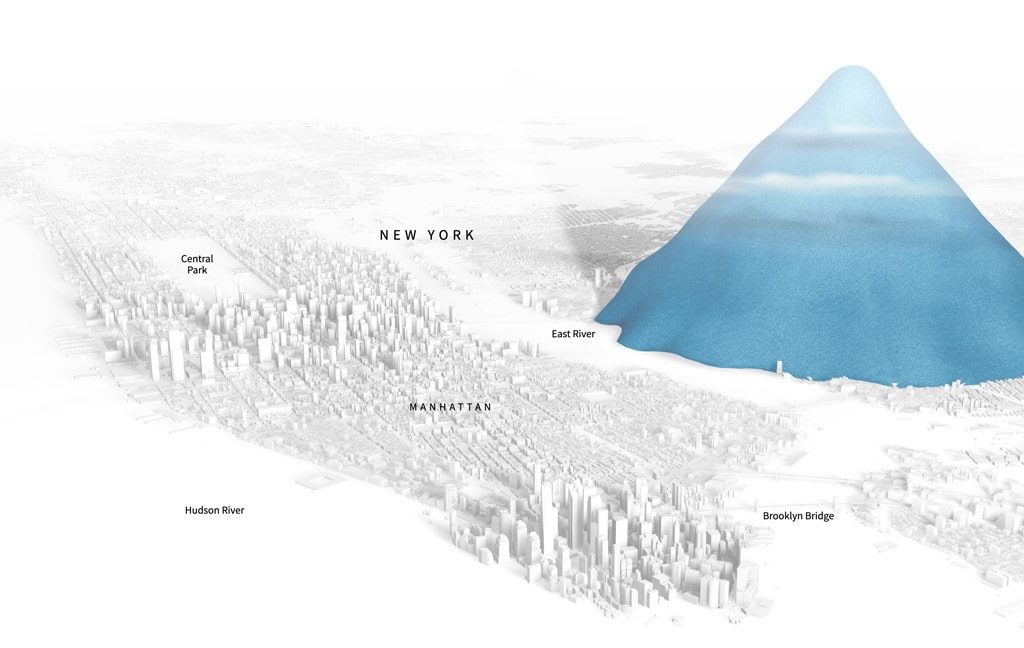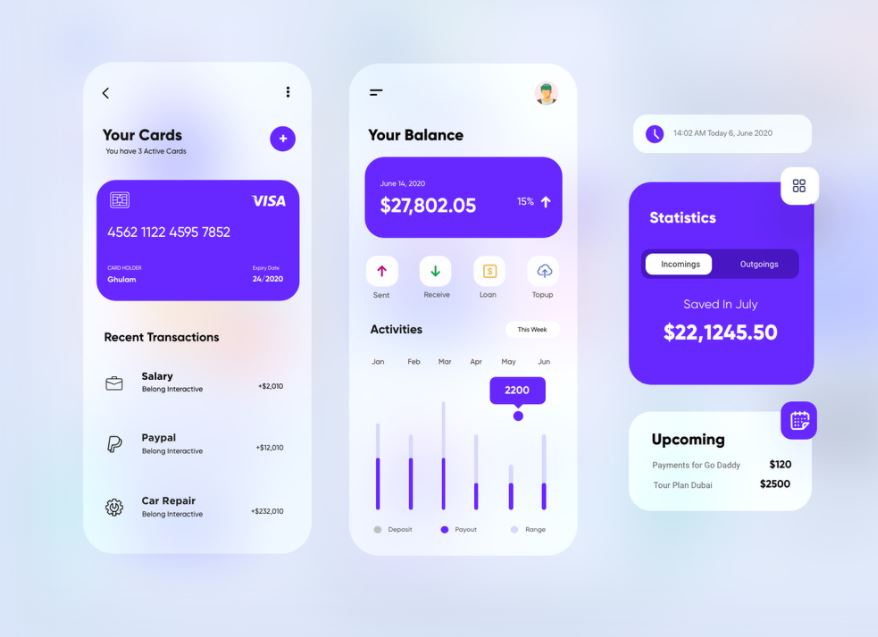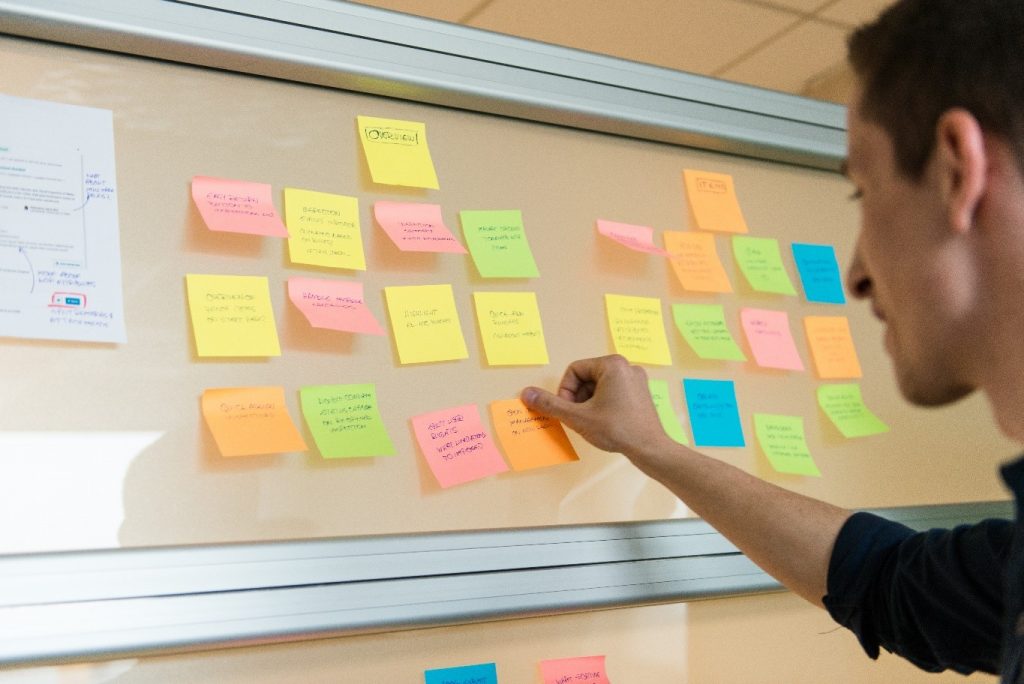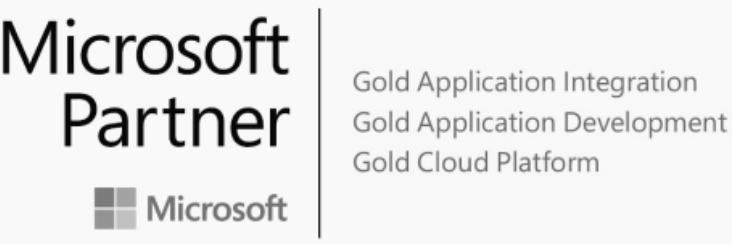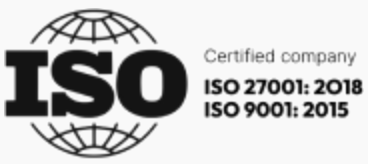From ideation to launch, the development process involves a range of complex and interconnected steps that require specialized knowledge, skills, and expertise.
We prepared an in-depth guide where key roles cover all aspects of the end-to-end product development process, from UX to development and delivery. You’ll gain an immersive view of building a successful product.
Full product development stages such as product strategy, user experience design, project management, budgeting, and post-launch support – we will handle everything, also providing references to the way we approach technology projects at RebelDot and how we articulate cross-functional teams to act as close consultants to each of our clients.
We will also provide insights into technology trends, best practices, and legal and compliance considerations.
- What is end-to-end product development?
- The importance of a UX-first approach in product development
- Working with an end-to-end product development company vs working with freelancers
- Choosing the right product development company
- Product Strategy: A Key Component of Successful Technology Products
- Streamlining Product Development Through Efficient Project Management
- From Planning to Launch: Managing Costs and Budgets in Full-Product Development
- Maximizing Your Product Launch: Tips for a Successful Marketing Campaign
- Beyond Launch: The Crucial Role of Post-Launch Maintenance and Support
- Legal and Compliance: Ensuring Your Tech Product Meets Regulatory Standards
- 5 Full product development trends
TL;DR
Developing a successful product requires careful planning, a focus on user needs, and a commitment to continuous improvement. The process starts with identifying the problem the product will solve, then creating a roadmap and defining the minimum viable product. It’s important to involve users in the design process through user research and testing, and to prioritize features based on user feedback.
Collaboration between all stakeholders, including designers, developers, and product managers, is crucial for success. Agile methodologies can ensure flexibility and adaptability throughout the development process. Once the product is launched, it’s important to collect feedback, measure success metrics, and continuously iterate and improve the product based on user needs.
By following these steps and committing to a user-centered approach, teams can create products that meet real user needs and drive business success.
What is end-to-end product development?
Full-product development is a complete way to make a technology product. It includes all the parts of the development process, from coming up with ideas to launching the product and maintaining it afterward. It takes a team of developers, designers, and other experts working with the business owner to turn an idea into a fully functional product. With this approach, the goal is to make a product that is not only technically sound but also meets the needs and expectations of the target audience and fits with the business goals and objectives.
Most of the time, the end-to-end product development process starts with brainstorming and research to find a market opportunity or problem the product can solve. The team then does user research and testing to learn more about the target audience and their needs. This helps guide the design and development process. The team works on making the product’s architecture, features, and functions, as well as designing the user interface and how the user will interact with it. Once the development is done, testing and quality assurance are done to make sure the product is stable and meets the project requirements.
Full-product development aims to make a product that is ready to go on the market and can grow and change over time. This approach is different from development projects that only focus on certain areas, like design or development. Full-product development aims to make a complete solution that fits the business goals and user needs and is backed by a team of experts who can help with maintenance and support on an ongoing basis. With this method, businesses can make technology products that are not only useful but also easy to use and give them an edge in the market.
At RebelDot, we believe in a comprehensive approach to product development that considers all aspects of the product life cycle. Our development process is engineered to cover the entire process of building and shipping digital products, from idea to long-term operation and development of the live product.
The first stage of our product development process is the discovery and analysis phase. During this phase, we work with our clients to learn about their product and business plan, as well as their users’ needs and expectations. We analyze this information, plot an approach, and prepare a ballpark estimate for budget and timeline requirements.
Next, we move on to the product design phase, focusing on creating a great user experience. Through rapid prototyping and iterative design, we refine the software user experience to ensure that user needs are met and the product experience is best-in-class.
Once the product design is in place, we move on to agile MVP development. Our development team joins the process and works with the design team to bring the product to reality. We work in iterative sprints, enabling short response times on changing priorities, and ensuring that every step is transparent, trackable, and adds value.
Finally, launching the MVP is just the first step in the process. We believe in continuously servicing and extending your product to help you stay competitive in the market. Our team is here to support you throughout the entire product life cycle, ensuring that your product continues to meet the needs of your users and business.
While each full-product development company may have its own process, there are certain steps that should be followed to ensure the best possible outcome. By understanding these steps and being mindful of what to expect from a development partner, you can make informed decisions and find the right company to help you bring your product to life. At RebelDot, we take pride in our transparent and collaborative approach. We’re always here to help guide you through the development process and deliver a product that exceeds your expectations.
Clients often come to us with an idea and a plan, but they don’t always know how to execute it. We don’t just implement their ideas, we act as consultants and strategic partners. Our development process is designed to identify and solve problems before they arise, ensuring that the final product is not only functional, but also marketable and successful. We believe that a comprehensive approach to product development is essential for building great products and achieving long-term success for our clients.
Ciprian IacobCTO RebelDot
The importance of a UX-first approach in product development
Design plays a integral role in the success of any technology product. It is not just about how the product looks, but also about how it feels and functions. Having a user-experience (UX) first approach to product design, at RebelDot we ensure that the end-user’s needs are taken into consideration from the very beginning. This approach supports our Product Design team in creating a product that is intuitive, easy to use, and provides a seamless experience to the users. By placing user experience at the forefront of product design, we can create a product that not only meets but exceeds user expectations, resulting in higher user engagement, customer satisfaction, and, ultimately, a greater return on investment.
Creating a harmony between product designers and product developers is critical to achieving a successful product design. The two teams must iterate together to create a cohesive and effective user experience that also meets the business requirements. The product designer’s role is to understand user needs, design the user interface and experience, and create prototypes that will be used for user testing. Meanwhile, the product development team takes these designs and turns them into a functional product.
By working in tandem, they can quickly identify and resolve issues, saving time and money in the long run. This collaborative approach enables the teams to achieve product-market fit faster, leading to a more successful product launch and, ultimately, a greater impact on the market.
Our product design process is centered around creating a seamless user experience that fulfills the needs of the users while achieving the goals of the project. Starting with research to define challenges and goals, we iterate through the learn, design, and measure stages, refining the experience with each step. Our focus on rapid prototyping and user feedback ensures a UX-first approach that saves time and money, while achieving product-market fit faster. Once the core of your product is defined, our cross-functional team of designers and developers work together to bring it to life.
Here at RebelDot, going UX first is in our DNA. We’re all about building products and features that bring value to your users: Products that feel intuitive, seamless, and effortless to use. Products that drive customer satisfaction and business success. Our full focus is on delivering user-centric products that make your users happy and your business thrive.
Tamas LebHead of Product Design RebelDot
Working with an end-to-end product development company vs working with freelancers
There are a number of things to think about when deciding between a product development company and a freelancer. Product development is the main focus of a product development company, but freelancers may or may not have the same focus. Even though you can find talented freelancers who specialize in product management, you’d still need to find other experts like DevOps engineers and QA testers.
When you work with freelancers, you have to manage and bring them on board yourself, which can take time and be stressful. But if you work with a product development company, you can avoid the stress and possible mistakes that come with managing multiple resources on your own. You’ll also have access to the company’s network of talent, who get regular work and are often cheaper than putting together your own team.
Product development delays can be expensive, and agencies are often better able to help you stay on track. They can also help you avoid having too many features by pushing you back and stopping you from making an MVP that is too big. Also, agencies are better able to help with product launches, such as getting users started and setting up a knowledge base, launching on product launch platforms, and getting app stores to approve the product.
Development consultancy benefits
Avoid hiring in-house
As your business scales, the projects you work on usually become more complex. This means you have to increase the number of people working on each project. That involves a long, expensive hiring process that may not leave you with the perfect candidate for the project.
Meanwhile, development consultancy can give you a full team of experienced developers, including:
Frontend and backend developers; UX/UI designers; DevOps engineers; QA specialists; Product and project managers
End-to-end app development consultancy can also quickly and easily fill expertise gaps in your current development team to ensure you build products packed with value. It’s perfect for small businesses that may not have the time or budget to run a full-scale hiring process.
Gain new perspective
But development consultancy isn’t just about hiring a team to do the development legwork. Sometimes it’s simply about gaining knowledge and guidance. Close consultancy can bring fresh eyes and a different perspective to your project. They can bring a higher level of experience to the table and help you improve your product and your team.
Get expert help
It’s also a great option for businesses that don’t have lots of app development experience. Companies without this experience may not know what to look for when they’re hiring in-house developers. This might mean you hire the wrong person for the job and waste time and money. Development consultancy allows businesses to work with the best people with the right skills for the task at hand.
Develop faster
Almost any business can create brilliant digital products by using this approach to app development. Best of all, it offers a cost-effective way of creating these products in less time than you would expect to see with an in-house team.
You can hire a team of expert developers without the stress associated with the traditional hiring process. Partnering with a dedicated development team also guarantees that you’re going to hire developers that are truly committed to your project. Outsourcing your work to freelance developers may mean your project may not be a priority, since they often have multiple projects in progress at one time.
Tapping into a team of freelancers may seem like a cost-effective solution, but it comes with its own set of challenges. Coordinating and managing multiple resources can be stressful and time-consuming, and the quality of the work can vary greatly. Working with a full-product development company not only provides access to a wider pool of talent but also streamlines the development process by providing a single point of contact for all aspects of the project. From ideation to launch, our cross-functional teams are dedicated to ensuring that your product is delivered on time, within budget, and to the highest quality standards.
Andreea PopBusiness Developer RebelDot
Choosing the right product development company
Getting the right full-service product development company is detrimental to the success of your web or mobile app. Here are ten steps you should take to choose the right partner for your project:
Define project objectives and timeframe.
Define your project’s goals and timeline. Before you contact a product development company, it’s important to know what your project goals are and how long they will take. This will help you save time and avoid confusion in the future. At this stage, you don’t have to have everything figured out, but a simple list of requirements and some basic mockups or workflows are good places to start. It can also be helpful to figure out what kinds of general technical skills will be needed.
Find software development companies.
Once you know the goals and needs of your project, you can start making a list of possible software development companies. Use Google to find software development companies, look at review and ranking sites like Clutch, and get as much information as you can from company websites. Find out about the company’s size and structure, its focus and strategy, its experience with similar projects, its average hourly rate, its workflows and business practices, its expertise in technology, and the services it offers.
Check their portfolio and experience in your domain.
Here is where you begin comparing the software development agencies on your long list. Use both the software development company’s own portfolio and customer testimonials. Reviewing a project portfolio serves multiple purposes: it enables you to determine whether the company has completed work similar to what you need, it provides insight into the company’s level of experience, and it enables you to determine whether the company is capable of completing your project.
Make sure they act as a true partner.
Ensure that they act as a true partner. The ideal development partner will act as a true partner, as opposed to merely an external agency. Any respectable software development company should fully comprehend your business’s requirements. Understanding the desired product functionality alone is insufficient. They should have a thorough comprehension of the business you operate in and the market you’re aiming at and provide constant suggestions, essentially acting as a consultant, not just a team of experts contracted to simply implement your desired technology.
See if they specialize in what you need.
A software development company will be familiar with specific technologies and will specialize in developing applications/solutions with them. Choose a tech partner that stays current with technological advances and takes note of their software developers’ expertise.
Check their full-product development process.
A well-documented and well-executed project development process will improve efficiency and assist the team in dealing with challenges that arise along the way. Adaptive planning, early delivery, frequent project updates, and modern communication tools should be the foundation of the development methodology. This will keep you informed at all stages of the project’s development.
Request their security practices.
You will need to understand how the company handles sensitive information and what safeguards are in place to ensure that your idea, product, solutions, and confidential materials are not misused. You should also think about how to secure the solution that is being developed. Is the development team following proper security procedures? What level of security is required?
Ask about testing and software maintenance.
When signing a contract with a software development business, make sure you fully understand their testing policy and how testing is performed at each stage of development, as well as ongoing. Think about if and for how long the original contract stipulates that the development team will be responsible for backup services, support, and maintenance.
Evaluate their communication and project management skills.
It’s important to evaluate the team working on your project. You should be able to meet the team members, find out what they do and what they are good at and perhaps, more important than you think, what their shared values are and what the company culture looks like. This will help you decide if they are a good fit for your project and for your overall vision, as you are most likely going to establish a long-term collaboration based on trust, transparency and open communication, aspects which sometimes can be much more important than mere skill.
Consider the cost and value of their services.
Sign the agreement: You should be ready to sign the contract once you have evaluated the software development business, its methodology, security policies, testing and software maintenance policy, and the team working on your project. Ensure you have figured out all the specifics before committing.
Product Strategy: A Key Component of Successful Technology Products
It is impossible to have a successful full-product development project without first developing a product strategy. It guarantees that everyone on the team is working towards the same goals and has a shared understanding of what those goals are. Without a well-defined plan, it’s unlikely that the team will be able to create a product that satisfies both the business’s goals and the customers’ needs, which could lead to costly delays and even the project’s demise
A well-defined product strategy helps figure out the target market, audience, and customer needs. By researching and analyzing the market, the team can find out what’s already on the market and see if there are any gaps or chances for a new product. This information is very important for making a product that meets the needs and expectations of the target market and is likely to do well in the market.
A product strategy also helps define the product’s unique value proposition and how it is different from similar products on the market. By knowing who the target audience is and what they want, the team can make a product that is not only functionally sound but also fits the pain points or needs of that audience. This unique value proposition can help the product stand out on the market and attract potential customers.
A product strategy can also help the team find potential risks and challenges and come up with ways to deal with them. This makes the development process easier to manage and reduces the chances of failure.
Streamlining Product Development Through Efficient Project Management
Project management is the act of guiding a team through a series of tasks to accomplish the project’s objectives, which are ultimately represented in the project’s deliverables. The team working on a project must devise the tasks necessary to meet the project’s objectives based on a set of defined limitations and criteria, commonly referred to as project requirements.
Correctly specified requirements result in the creation of unambiguous instructions for the development team, which eventually results in the production of accurate and expected deliverables. Before beginning with the design and development phase of a project, it is sometimes necessary for project managers to speak with project participants to establish precise requirements.
Project schedule or timelines, project plan, budget allocation, and resource allocation are some of the other terms commonly used in project management. The project schedule sets the expectations of when deliverables are to be completed, while resource allocation is crucial to ensure that the project does not get unnecessarily delayed.
The project plan is a constantly updated tool that project managers use to keep track of the progress on tasks, what is left to be done, who is working on what, if the timeline for each task is going to be met, and generally how to plan out the next few weeks or months of work.
Agile and Waterfall methodologies are two popular ways to organize projects. In general, the waterfall method is best for managing hardware projects, while the agile method is best for managing software and firmware projects. The agile method uses an iterative process that lets the project plan change as work goes on. This is called planning in “sprints.” This method is especially helpful when products are supposed to be released much sooner with fewer features and when product development (updates to functions or features) can take a long time.
At RebelDot, we use Agile software development methodologies for developing, delivering, and sustaining complex products. Our Agile development cycle is initiated by assembling the team and completing the project setup and architecture. Then, it continues with the cyclical phases that include planning the work for each sprint, the development & testing efforts, the code deployment, and the final Agile-specific Sprint events (such as Review & Retrospective meetings).
Utilizing project management software, such as Jira, to store documentation and organize the project in a Knowledge Management software, such as Confluence, improves the visibility of all project activities and phases. This centralizes communication and provides a single source of truth for the project team. Lastly, defining clear roles and tasks avoids team members from treading on each other’s toes and enables you to play to each individual’s strengths. Including the team in formulating a more plausible strategy, so enhancing their sense of project ownership, is also vital. Overall, project management and teamwork are necessary for the successful completion of a project.
At RebelDot, we create bespoke cross-functional teams to fit any project scope and scale businesses, both SMBs&startups as well as enterprises. By utilizing Agile methodologies and project management software, we ensure that our teams are efficient, well-organized, and able to adapt to changing project requirements. Our focus on teamwork and clear communication allows us to deliver high-quality results while keeping timelines and budgets in check.
Ioana LazauDelivery Director RebelDot
From Planning to Launch: Managing Costs and Budgets in Full-Product Development
Hiring a dedicated development team is a business model that allows clients to work with a remote development services provider. With a dedicated vendor, clients can assemble a team of experts with specific specializations or choose a full-stack team that includes business analysts, project managers, UI/UX designers, developers, and QA specialists.
This model is best for companies without a clear project scope and requirements because the client can delegate the development process to the appointed project manager or independently control it.
The cost of hiring a dedicated development team is transparent and depends on the team members’ salaries and the service provider’s commission. The cost can vary from $10,000 to $500,000 per project, depending on the size, location, and expertise of the company.
Small and medium-sized software development companies usually charge between $80 and $140 per hour on average. Large companies can charge between $110 and $220 per hour, and enterprise-level companies can charge $250 per hour or more. Collaboration models with companies that make software can be either fixed price, time and materials, or a mix of the two.
Maximizing Your Product Launch: Tips for a Successful Marketing Campaign
An end-to-end product development company can be an invaluable resource when it comes to launching a new technology product to the market. From developing a go-to-market strategy to creating compelling marketing assets and executing a product launch plan, a full-service company can provide the skills and resources necessary to achieve maximum impact.
The product launch process typically begins with an in-depth market analysis to articulate the buyer persona and identify competitors and key trends in the industry. Based on this research, the company will collaborate with the client to establish a go-to-market strategy that will include the primary features, benefits, and messaging of the new offering. This approach will serve as the basis for all subsequent marketing and product launch operations, including advertising initiatives, social media campaigns, and press outreach.
Besides, an end-to-end product development company would also develop a comprehensive bundle of marketing collaterals needed as part of the launch campaign, such as website content, product descriptions, video content and so on. Nevertheless, it will also ensure that all materials are consistent with the brand and effectively express the new product’s value proposition. In addition, they will guarantee that these documents are optimized for search engines and other digital channels in order to maximize their visibility and reach.
Measuring the success of marketing activities and modifying strategies as needed is an additional vital component of a product launch. An end-to-end product development company may utilize a variety of techniques and analytics, including website traffic, social media engagement, conversion rates, and customer feedback, to track the product’s performance and iterate along the way, based on real-time feedback. By examining these data points, the company may determine what is working and what needs improvement in order to maximize the success of the product. The company may also conduct surveys or focus groups to get more in-depth client input and utilize this data to make informed judgments regarding future marketing activities or product revisions. For long-term success in the competitive technology industry, continuous examination and adjustment of marketing strategies are essential.
Marketing is a essential component of any successful product launch campaign. An end-to-end product development company can provide the skills and resources necessary to develop a go-to-market strategy, create compelling marketing assets, and execute a product launch plan that achieves maximum impact. From website content to video production and social media campaigns, a comprehensive bundle of marketing collateral is needed to effectively express the new product’s value proposition and reach the target audience. Measuring marketing activities and modifying strategies as needed is also critical to ensuring long-term success in the competitive technology industry.
Andrei TemneanuMarketing Manager RebelDot
Beyond Launch: The Crucial Role of Post-Launch Maintenance and Support
It is critical to have a post-launch marketing strategy too, in order to ensure the continued success of your digital product. This strategy may include ongoing customer engagement, targeted advertising, and product improvement on a continuous basis. Consistent promotion is required to keep a product’s market position. Social media marketing, email marketing, and other forms of digital marketing are examples of this. This way, businesses can enhance brand recognition and customer loyalty by keeping customers engaged and informed about the product’s latest features and updates, ultimately leading to increased sales and success.
Collecting user feedback and addressing any concerns or issues will also be an important part of your post-launch marketing efforts. Customer satisfaction and loyalty can be ensured through regular updates and bug fixes. Furthermore, product development agencies can collaborate with businesses to create new features and improve existing ones based on customer feedback and market research.
Moreover, your technology partner can offer training and educational materials to help your desired users learn how to properly use the product. This can include written and video tutorials, webinars, and in-app help to make sure that users are getting the most out of the product.
Diving into a rather technical explanation, let’s suppose you have launched a web application developer using the .NET framework. Once the application goes live, you will need to monitor it to ensure that it is working optimally and that there are no bugs or errors that could negatively impact the user experience.
A component of the maintenance phase may involve monitoring logs and analytics data on a regular basis to discover any performance or security issues. For instance, you could utilize Application Insights to monitor the application’s performance and detect any bottlenecks or faults that require fixing.
Updating the application to maintain its compatibility with new technologies and platforms may also be a part of the maintenance process. As new versions of.NET are released, for instance, you may need to upgrade your application to take advantage of new capabilities and guarantee compatibility.
In addition, as your digital product will grow, hence attracting new users, you may need to change the user interface, add new features, or modify existing functionality based on user feedback. This may require regular user testing and incorporating user feedback into your development roadmap.
Overall, the maintenance stage of a full-product development process for a web or mobile application built using any development framework involves ongoing monitoring, optimization, and updates to ensure the application remains secure, high-performing, and up-to-date with the latest technologies and user needs.
Legal and Compliance: Ensuring Your Tech Product Meets Regulatory Standards
When creating a digital product, it is critical to ensure that it complies with all legal and regulatory requirements. Failure to do so can have serious legal and financial consequences. Security, privacy, and accessibility are three major areas of concern. As technology advances, so do the regulations that govern these areas. As a result, it is critical to stay current with the latest requirements and to collaborate with legal and compliance experts to ensure that the product abides with all applicable laws and regulations. This section will cover three key legal and compliance issues that product owners should be aware of: data privacy regulations, accessibility requirements, and intellectual property laws, but also provide a series of acronyms that you should be aware of.
Intellectual Property Rights (IRPs): Collaborating with a product development company requires a thorough understanding of the ownership and protection of intellectual property rights (IPRs). Not only does this refer to the finished product, but also the source code, designs, and any other components that went into making it. The ownership, licensing, and transfer of the IPRs should all be laid out in a formal agreement and the parties should agree on the IPRs’ scope.
Confidentiality and Non-Disclosure: During the development process, a product development company may have access to sensitive information and trade sensitive information, such as customer data, corporate strategy, and financial information. To preserve this information, it is essential to have a written agreement that includes non-disclosure and confidentiality clauses. The agreement should outline the scope and length of the confidentiality duties, the parties’ rights to use the information, and the sanctions for a breach.
Data protection and privacy: When digital products are made, personal information is often collected, processed, and stored. This means that privacy and data protection laws must be taken into account, like the General Data Protection Regulation (GDPR) in the European Union or the California Consumer Privacy Act (CCPA) in the United States. The product development company should be mindful of this subject and be capable of providing guidance on how to follow the rules. The parties should have a written agreement that covers data protection and privacy, including the purposes and legal basis for processing personal data, the rights of data subjects, and the parties’ obligations to follow the relevant regulations.
As a product owner looking to develop a digital product, it is critical to be aware of the industry’s legal and compliance requirements. These requirements, which aim to protect users’ privacy and security, are enforced by various government bodies in the United States and Europe. CAN-SPAM, COPPA, HIPAA, and TCPA are just a few examples of acronyms that product owners must be aware of when developing a digital product. Failure to follow these regulations can result in serious legal and financial consequences, which can harm the reputation of the product and the company behind it. As a result, product owners must collaborate closely with their development team and legal counsel to ensure that their product complies with all relevant regulations.
Here are a few acronyms for security and privacy compliance in digital products that are commonly used in the United States and Europe:
GDPR – General Data Protection Regulation:
In 2018, Europe enacted a comprehensive data privacy law known as the GDPR. It establishes strict guidelines for the handling and processing of individuals’ personal data within the EU, including the right to access, erase, or limit the use of personal data.
CCPA – California Consumer Privacy Act:
This is a state law in California that went into effect on January 1, 2020. It gives California residents the right to know what personal information businesses collect about them and to have that information erased.
HIPAA – Health Insurance Portability and Accountability Act:
This US federal law applies to the healthcare industry and establishes national standards for protecting individuals’ medical records and personal health information.
Payment Card Industry Data Security Standard (PCI DSS):
The payment card industry developed this set of security standards to combat payment card fraud. It lays out the requirements for businesses that accept credit cards.
COPPA – Children’s Online Privacy Protection Act:
It applies to websites and online services that collect personal information from children under the age of 13. It necessitates parental consent and specifies the collection and use of such information.
5 End-to-end product development trends
Product Development with Sustainability in Mind
Increasing emphasis on environmental friendliness is driving product innovation right now. There has been a recent uptick in the demand for ecologically friendly products and packaging among both consumers and businesses. Recent research in the United States found that over half of consumers would alter their consumption habits if doing so would lessen the negative impact on the environment. Businesses are adapting their product development processes to meet the demands of eco-conscious consumers by using more sustainable materials and methods without sacrificing the high standard of quality that customers have come to expect from their wares. There will likely be a rise in the number of eco-friendly options available come 2023.
Integration of Internet-of-Things-Based Products
The IoT, or the Internet of Things, is another direction manufacturers are heading in. The Internet of Things (IoT) refers to a system of interconnected computing devices that can share information and work together to form a global network. The number of Google searches for “IoT” has surged by 966% in the last decade. The number of Internet of Things (IoT) items is expected to reach 11.7 billion by the end of 2020, increasing by a factor of 15 over the preceding decade. It is estimated that now 54% of all internet-connected devices are IoT items, and that number is expected to rise to over 41 billion by 2027 as IoT usage increases. The development of innovative IoT goods is seen as the primary driver of the anticipated future expansion of internet-connected gadgets.
Distributed Teams for Product Startups
The COVID-19 pandemic has led to a new trend in product development, where distributed teams have become the “new normal” for product-based startups. This trend is beneficial to organizations for several reasons. Firstly, it allows businesses to hire a diversified, highly trained staff without any geographical constraints. Secondly, in-office costs, employer costs, the necessity for face-to-face meetings, and travel expenses are all reduced. Thirdly, it allows for a well-organized project while also increasing productivity. Fourthly, it provides ample freedom to developers and extended product teams, making it easier for them to contribute while still enjoying their at-home lives.
Finally, hiring costs for product teams have been made easier due to a larger talent pool available at often cheaper prices. The goal is to build a relationship where ideas and initiatives can grow within a team, regardless of location or background. Distributed teams offer product startups the possibility of standardized hiring of remote developers or team extension through staff augmentation.
Process Automation
The trend of businesses automating their workflows and processes with digital tools and technologies is known as process automation. The goal of process automation is to increase efficiency, save time, decrease errors, and boost output.
The term “process automation” refers to the use of digital tools and programs to boost productivity and efficiency in the workplace. As a result of the help of these technologies, workers are freed up to concentrate on duties that are both more strategic and of higher value.
One of the advantages of process automation is its simple incorporation into the everyday work routine. The digital solutions are designed to be user-friendly and intuitive, enabling employees to easily adopt and incorporate them into their work routines. This can result in significant time savings, improved efficiency, fewer errors, and enhanced performance.
In conclusion, process automation is a trend that enables organizations to automate their workflows and processes with digital tools and technologies. It may be readily integrated into normal work routines and helps people develop their abilities, save time, and work more efficiently.
Cloud migration
Businesses are using cloud technologies more and more as a way to save money, make their services more accessible, and get rid of boring, repetitive maintenance tasks. In fact, as technology improves and internet speeds keep getting faster, more and more businesses are switching to cloud-based systems. This is especially true in places where internet speeds have been slower in the past.
Since cloud technologies have so many benefits, it’s not surprising that more and more businesses are using them. But a big problem for cloud technology providers is that they need to improve their security, especially when it comes to handling sensitive data. Once this is fixed, we can expect even more businesses to use cloud technologies in the years to come.
In addition to the benefits of cost reduction and accessibility, cloud technologies also offer businesses the ability to scale their operations easily and efficiently. By migrating to the cloud, businesses can easily add or remove resources as their needs change, allowing them to respond quickly to changes in demand or growth opportunities.
Cloud technology also provides businesses with the flexibility to easily experiment with new technologies and business models, without having to make large, upfront investments in infrastructure. This level of flexibility and scalability makes cloud technology a valuable tool for businesses looking to remain competitive in an ever-changing business landscape.
Consider RebelDot as your next technology partner
The full-product development process is a complex and interconnected journey that requires specialized knowledge and expertise. From ideation to launch, each step plays a vital role in creating a successful digital product that solves real user problems.
The ultimate guide to full-product development has provided a high-level overview of the development process, including the importance of product strategy, user experience design, project management, budgeting, and post-launch support. It has also highlighted the significance of user research and testing, the collaboration between stakeholders, and the use of Agile methodologies for flexibility and adaptability.
Ultimately, a user-centered approach is key to creating products that not only meet user needs but also drive business success. By committing to continuous improvement and being open to feedback, teams can iterate and improve their products to ensure they remain up-to-date with the latest technologies and user needs. With the right knowledge and approach, anyone can develop a successful digital product and make a positive impact in the market.
At RebelDot, we are passionate about creating innovative, user-centered digital products that solve real problems and drive business success. Our cross-functional teams bring together design, development, and project management expertise to deliver high-quality web and mobile apps.
We follow an agile development approach that emphasizes flexibility, collaboration, and continuous improvement, and we work closely with our clients to ensure their vision is brought to life in a way that exceeds their expectations. Our deep expertise in a range of technologies, including .NET, React Native, Flutter and even Blockchain Development allows us to deliver custom solutions tailored to each client’s unique needs.
If you are looking for a technology partner to help you develop your own digital product or improve your current one, we would love to hear from you. Get in touch today to learn more about our approach and how we can help bring your vision to life.






